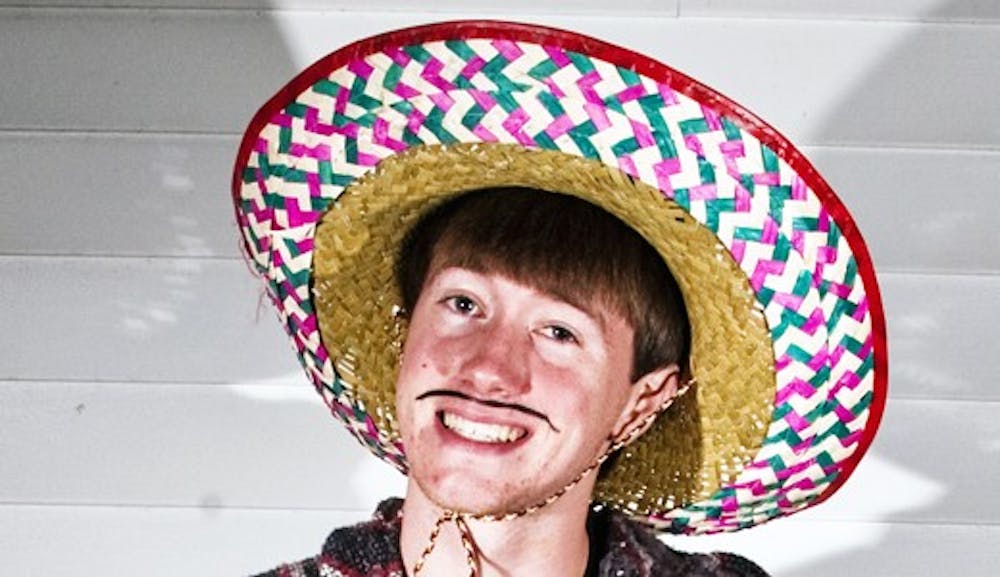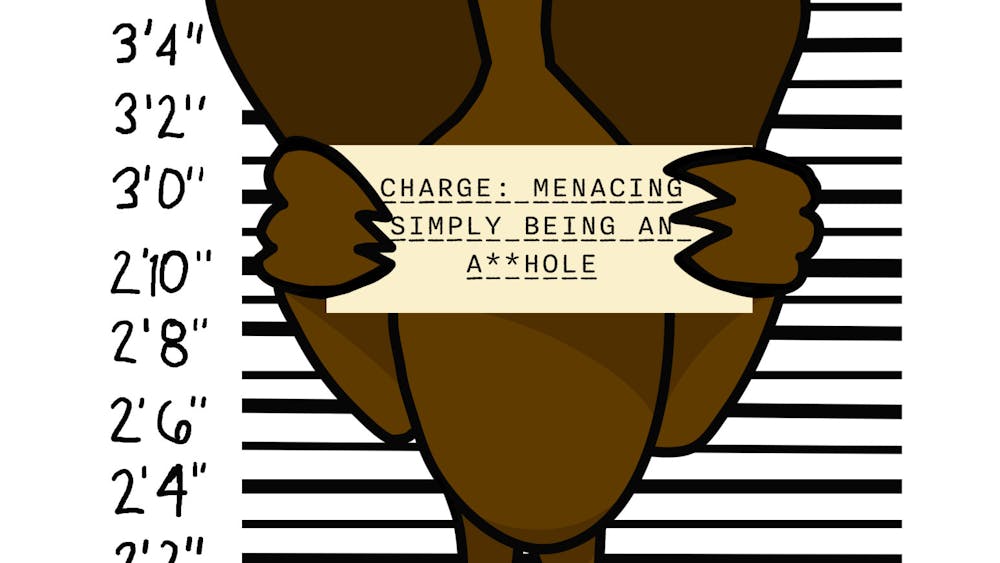SGA Diversity committee fights culturally insensitive Halloween costumes
The Student Government Association’s diversity committee has been placing posters for its “We’re a Culture, Not a Costume” awareness campaign in an effort to inform students about the negative effects of wearing culturally insensitive Halloween costumes.
“Some students might not realize the impact they are making when they wear an insensitive costume for Halloween,” said Saginaw freshman and Vice Chair for the Diversity Committee Kaye Reimers.
The campaign was first started at Ohio University in 2011 by the group Students Teaching about Racism in Society, or STARS. The group has run the poster campaign every Halloween since 2011 with new posters constantly being worked on.
Reimers contacted the organization and they happily worked with her to get the project up and running, providing files necessary to print posters here at Central Michigan University.
The seasonal costume shops that opened up for Halloween have rows and rows of costumes, many of which are viewed as innocent and harmless, but there are a few selections that could be seen as inappropriate or hurtful to other cultures.
“You see a lot of offensive costumes, like promiscuous nuns and Native Americans outfits on the shelves. It’s just wrong,” said Royal Oak freshman Jessica Sinagoga. “When you dress up for Halloween, you’re dressing up as a character. Someone’s religion or race is not a character.”
The diversity committee recently printed 100 large posters to display around campus. The posters can now be seen on the electronic whiteboards throughout campus, as well. Reimers was ecstatic after hearing the message would be broadcasted on the electronic white boards, saying she believes the message will reach more students that way.
The College of Humanities and Social and Behavioral Sciences’ Cultural and Global Studies department sponsored the project, helping fund additional flyers that, according to SGA Senator and diversity committee chair Rebecca Detroyer, wouldn’t be possible without the department’s help.
“The campaign helps educate students about other cultures and works to disposal stigmas,” Detroyer said. "We want people to recognize a hurtful costume and know that what they see is not what a culture is."
The posters are primarily located in residence halls, but many can also be seen on the walls of the academic buildings. Keeping the posters mounted on the bulletin boards in the academic halls is a challenge, as the boards are cleared regularly.
“There are thousands of other costumes to choose from for Halloween," Reimers said. "Dressing up in something really insensitive sends the message that you don’t really know how people are"





